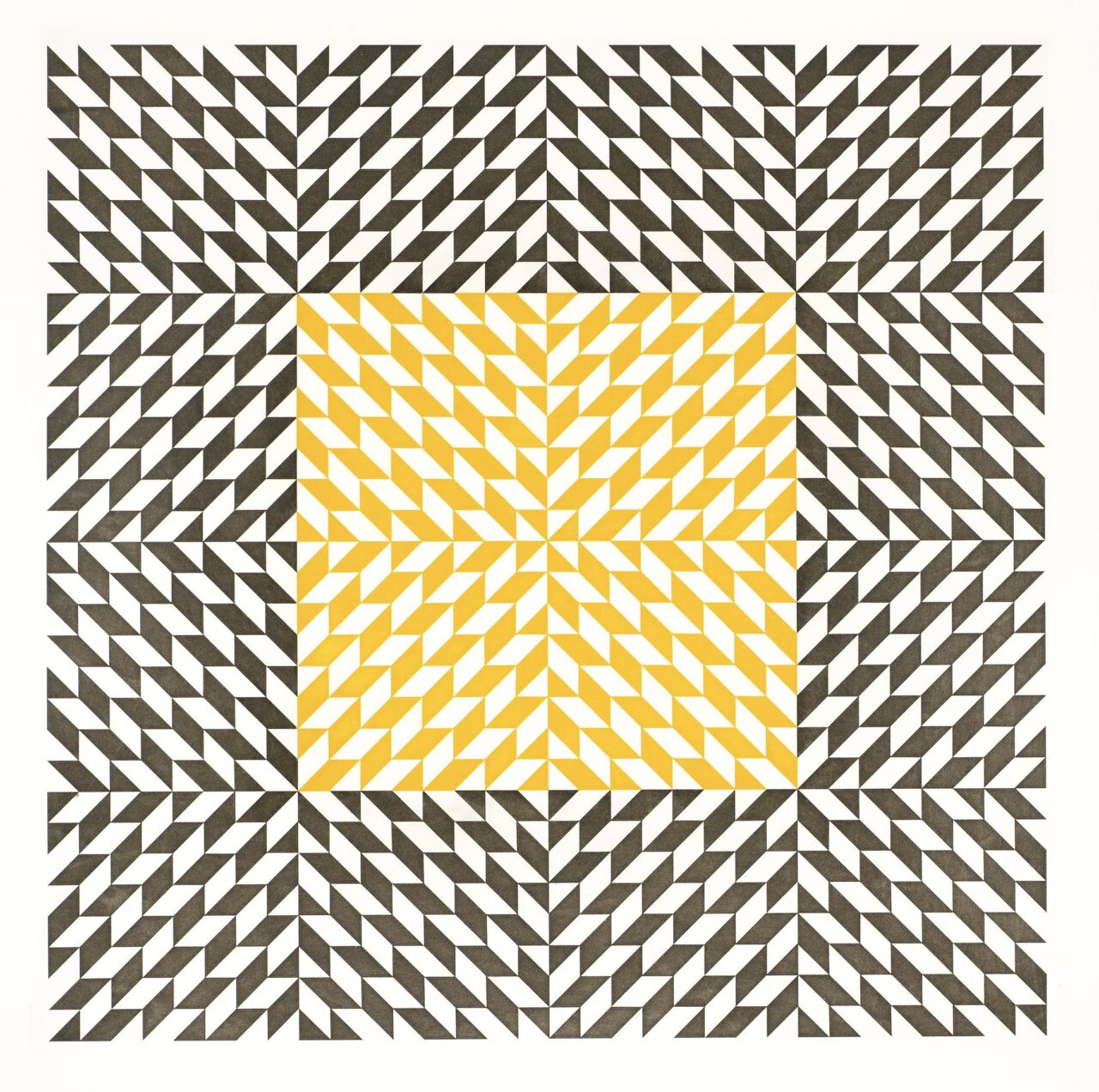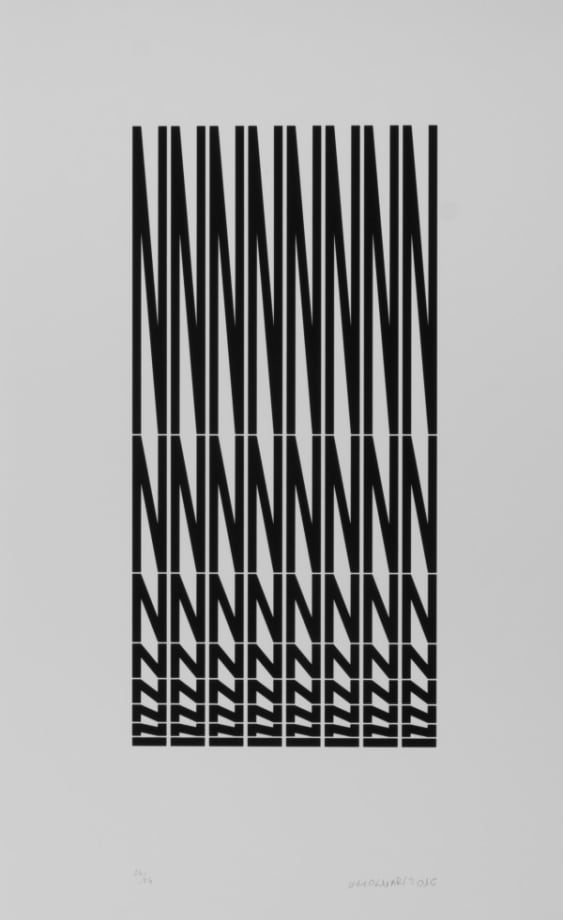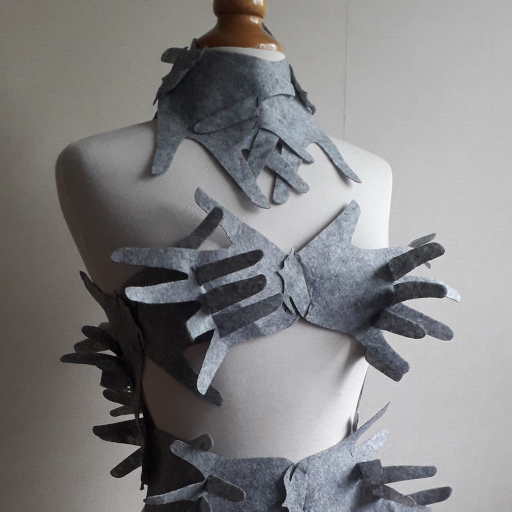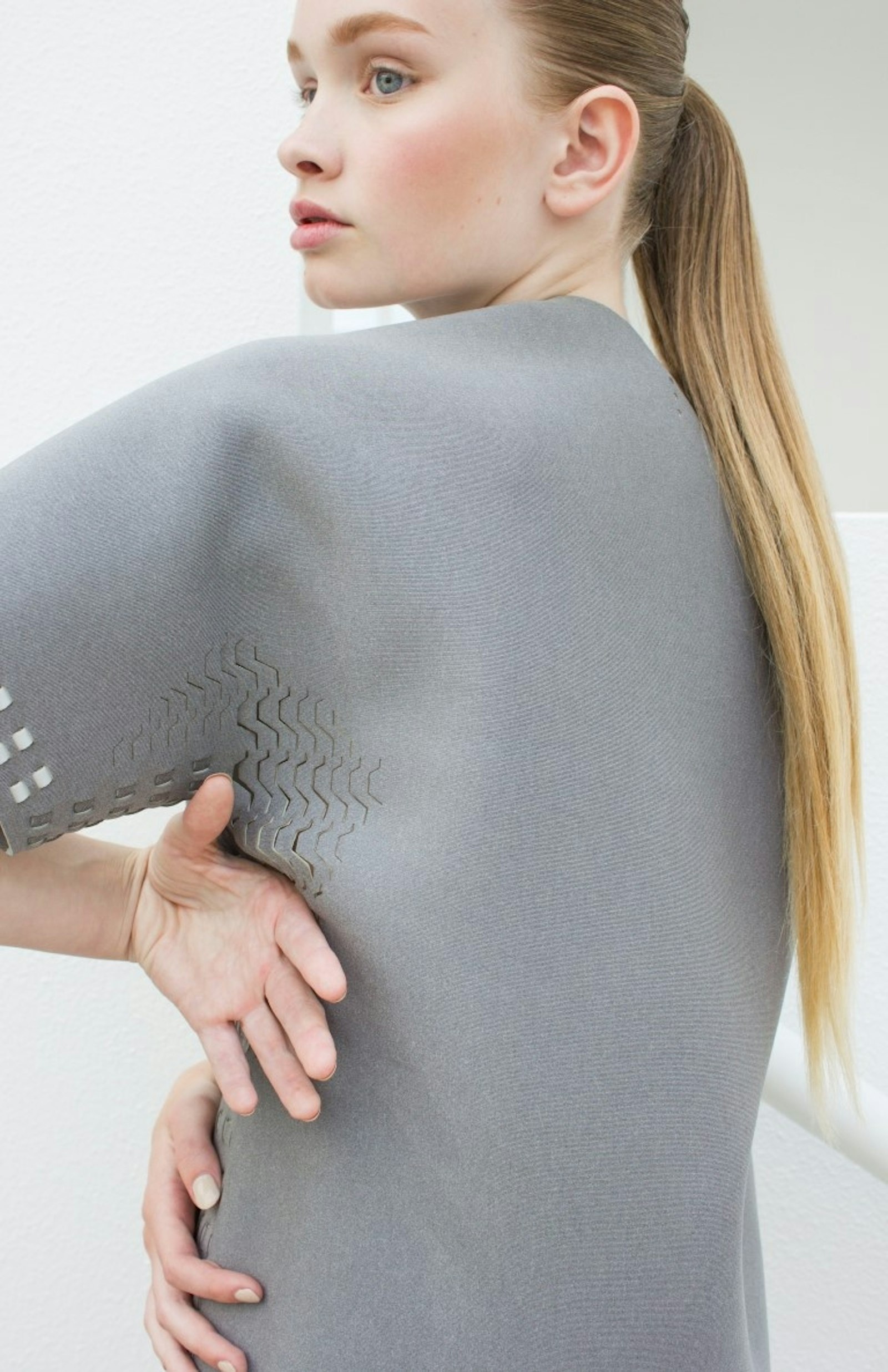3. Circular Open Source Fashion¶
F/LOSS¶
I've been working almost exclusively with Free/Libre and Open Source Software (F/LOSS) for 14 years now. I'm therefore quite concerned about the sharing of knowledge and licensing questions. I've been working with Constant, an organization for art, media and cyberfeminism in Brussels. They are deeply involved in the making of F/LOSS licenses in Belgium. They've been part of the setup of Creative Commons in Belgium, they helped Libre Objet to find/write a license for open source furniture design. Recently, they raised the political issues about the existing free and open licenses mainly regarding mis/appropriation. They propose a new license to prevent that: the Collective Conditions For Re-use license (CC4R). You can read it fully here in English, French, Dutch. https://constantvzw.org/wefts/cc4r.en.html
Why use the CC4r?
- To remind yourself and others that you do not own authored works;
- To not allow copyright to hinder works to evolve, to be extended, to be transformed;
- To allow materials to circulate as much as they need to;
- Because the CC4r offers a legal framework to disallow mis-appropriation by insisting on inclusive attribution. Nobody can take hold of the work as one’s exclusive possession.
Some nice references on libre licenses:
- Un Faible Degré d'Originalité, a very funny theatre play by/with Antoine Defoort explaining the history of intellectual property. Full play is available online in French with English subtitles.
- Copy This Book, an Artist's Guide to Copyright by Eric Schrijver is a guide on intellectual property especially focused on artistic practices. It is also available in Chinese and in French.
Inspiration¶
Patterns¶






Instagram post embedding not available.Watch it on Instagram
Instagram post embedding not available.Watch it on Instagram
Instagram post embedding not available.Watch it on Instagram
Instagram post embedding not available.Watch it on Instagram
Instagram post embedding not available.Watch it on Instagram
Instagram post embedding not available.Watch it on Instagram
Instagram post embedding not available.Watch it on Instagram
Instagram post embedding not available.Watch it on Instagram
Instagram post embedding not available.Watch it on Instagram
OS Circular Fashion¶
Instagram post embedding not available.Watch it on Instagram



Project: Triangles¶
Flatland¶
My favorite shape is the triangle ever since I read Flatland: A Romance of Many Dimensions, one of the earliest science-fiction novel (1884) by Edwin Abbott Abbott. It's a world where people are 2D geometrical shapes, the triangle being the most primitive shape as it's the first shape one can obtain outside of a line. Then the more sides/angles one has, the strongest it is in the society. Until they discover that a 3rd dimension exists…

Cover of Flatland, Edwin Abbott Abbott, 1884
Anyways, I think the triangle is an interesting shape because it's only 1 point more on top of a line, and that it can particular in many ways (isocele, equilateral, right) or just any triangle (quelconque in French)…
Prototypes in 2021¶
In 2021, I participated in a 3 hours workshop around modular fashion given by Valentine Fruchart from Green Fabric. I knew directly I wanted to use a triangle as a module. I chose an equilateral one as I thought it would offer many possibilities in translation, rotation and it can make lozenges as well. It allowed me to make a "hermaphrodite" module having both notches and flaps so I'd need only one module to connect them altogether. Being equilateral makes it easy to have a rather zero-waste cut in the material.

Prototyping, from paper to leather

First leather modules
Back to 2023¶
Since then, I've never had the time to actually play with my module. So for this assignment, I thought it would be nice to crash-test it in a bigger scale object.
Tools¶
The article Wallpaper Group on Wikipedia explains rather well how wallpaper group patterns work. There are 17 possible tilings through the combinations of movements. Their names are based on cristallography notation.
Wallpaper symmetry¶
Inkscape¶
I used the Tiling path effect (through the Path Effect Editor tab).






FreeCAD¶
I realized that my triangle drawn in Inkscape was not completely accurate:

So I thought it was a good opportunity to finally learn a parametric design software. Fusion360 is quite slow on my computer either the online version or the desktop version on my virtual Windows. And I've always wanted to give a go at FreeCAD. It has the same parametric logic of constraints than Fusion360.

Lasercutter Beambox Pro¶
- Force 35%
- Speed 20mm/s



Assembly: tests¶
I first wanted to try out polyester fabrics which had patterns on it.




Then I came back to just 2 plain colors, still in very fine polyester and chambray (cotton and polyamide).


Assembly: 1st try¶
I wanted to challenge myself and do a garment to explore 3D shaping. Working like this felt like scuplting.
I folded the triangles horizontally to make straight edges. They could even welcome a string to tighten things up if necessary.
It was nice at first but then I quickly realized that I had to make too many overlaps to make curves. I was not so convinced by this process.



Assembly: 2nd try¶
I started over by first making curved lines for the front and back hip curvature. Then I made vertical lines out of this base. I then connected the vertical lines together and added some modules where there was a gap. I folded the triangles vertically to make smaller columns and to add “pleats”. This is possible because the material is very thin.
I first started on this black mannequin, but because it's recovered of felt, the burnt polyester was always getting stuck on the mannequin.








Tips¶


Files¶
Source files available on oscircularfashion.com.